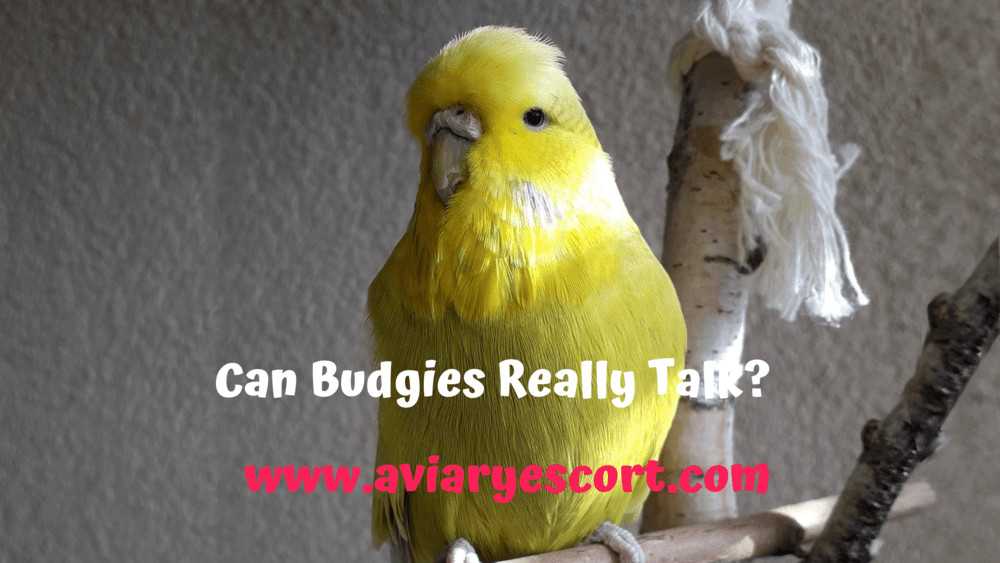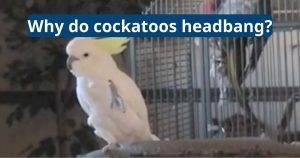How to Train a Parakeet to Talk?

Teaching your parakeet to speak requires patience, repetition and consistency. For optimal results it is best to begin the training early and be sure that its practiced during meal times.Launch an awareness of what your bird needs with simple words like hello or goodbye, repeated frequently. Get close and speak in an audible voice; soon enough you will notice its pupils dilate as it listens attentively to you!
Start Early
If you want your parakeet to talk, it is crucial that training begins early. After you bring home your bird, take time each day to greet it in a friendly tone with friendly voices while speaking regularly; this will familiarize it with human voices and encourage it to mimic these sounds on its own.
Speak firmly and clearly when communicating with your parakeet to ensure it can hear you clearly. Limit distractions during training sessions by speaking in a soft voice with minimal background noise so your bird can focus on hearing the words you wish them to repeat. Treats may help motivate them when mimicking these words correctly – however don’t overdo this method or it could result in your bird speaking simply to receive its reward and losing interest in learning other words!
Once your budgie is used to your voice, start teaching it a word at a time. Pick an easy word like “Mango” or “yum yum.” Repeat several times before moving onto another word; be consistent! Additionally, give it plenty of practice time when not actively training by listening in on regular human conversations and getting used to hearing new voices around you.

Be Patient
An effective training process for parakeets may take a considerable amount of time. Being patient and not rushing the training sessions are key, as is working with multiple people so the bird hears multiple voices during training sessions. When speaking directly to your parakeet, be sure to speak in an audible voice that shows emotion – the more words and sounds exposed, the easier they’ll learn!
Repeatedly saying the word you want your parakeet to learn is essential for its success. Start with using one simple word like “good” or “no.” Speak it often during daily activities such as feeding time, picking them up to play or refilling their food tray; this way, your parakeet will start associating your voice with certain activities or times of the day.
Some people have discovered that teaching their parakeet the names of objects in its cage makes it more likely to speak. Not only can you have fun teaching it about these objects, but this activity may help it interact more with toys and perches in its cage, while giving insight into its needs such as hunger or sleepiness.
Be mindful that male parakeets generally learn language more rapidly and with greater clarity than their female counterparts, due to attracting females for reproductive purposes. Still, it is possible to teach female parakeets how to talk.

Be Consistent
Parakeets will learn new words more readily if their environment includes frequent uses of them, particularly during training sessions. This will reinforce associations between sounds and actions they represent – this could involve naming objects within the cage, greeting you when opening or closing doors, replenishing food trays with treats or talking to your budgie while holding it onto your finger for several minutes (with millet as reward!).
If you want your budgie to learn to say, “hello”, make it part of his daily routine to say so before bedtime and at other times throughout the day when interacting with him. This will familiarize him with human voices, making teaching him new words easier.
Talking to your parakeet can also help ease his fears. Most pet owners recognize some signs of anxiety in their birds – these could include panicked chirrups, rapid breathing, flapping around cage sides or floors and frozen-but-ready-to-fly stance. When these behaviors emerge, try saying loud and sharp: “Mango is scared!” You should use consistent language with this statement for maximum effectiveness as he may begin repeating them himself in future times of distress.
Keep It Fun
Additionally to teaching your parakeet to speak, you can also train it to perform tricks and behaviors. While this requires even more patience and repetition from both of you, the rewards can be immense!
Attuning your parakeet to talk depends on how much time and bonding time you dedicate to her, so make sure you spend as much time with it in its vicinity, sitting close by it often so it gets used to hearing your voice and feels secure around you.
As part of training your bird to understand different emotions and situations, it is also crucial that he/she learns the sounds that correspond with specific emotions or situations. For instance, if your bird exhibits signs of fear (holding feathers close to its body, emitting distressful chirrup!, rapid breathing or flapping in an unusual fashion on sides or floor of cage) try telling it things like: “Mango is afraid!” in a distressed tone so they associate this phrase with fear in future encounters.
As far as happiness and anger go, the same applies. To express happiness when Mango is preening or chilling out, say something like “Mango is beautiful bird!”, adding more volume in your voice when speaking aloud. For angry behavior such as snapping or snapping at its feathered friends, use an abrupt tone of voice – for instance “Mango is angry!.”



